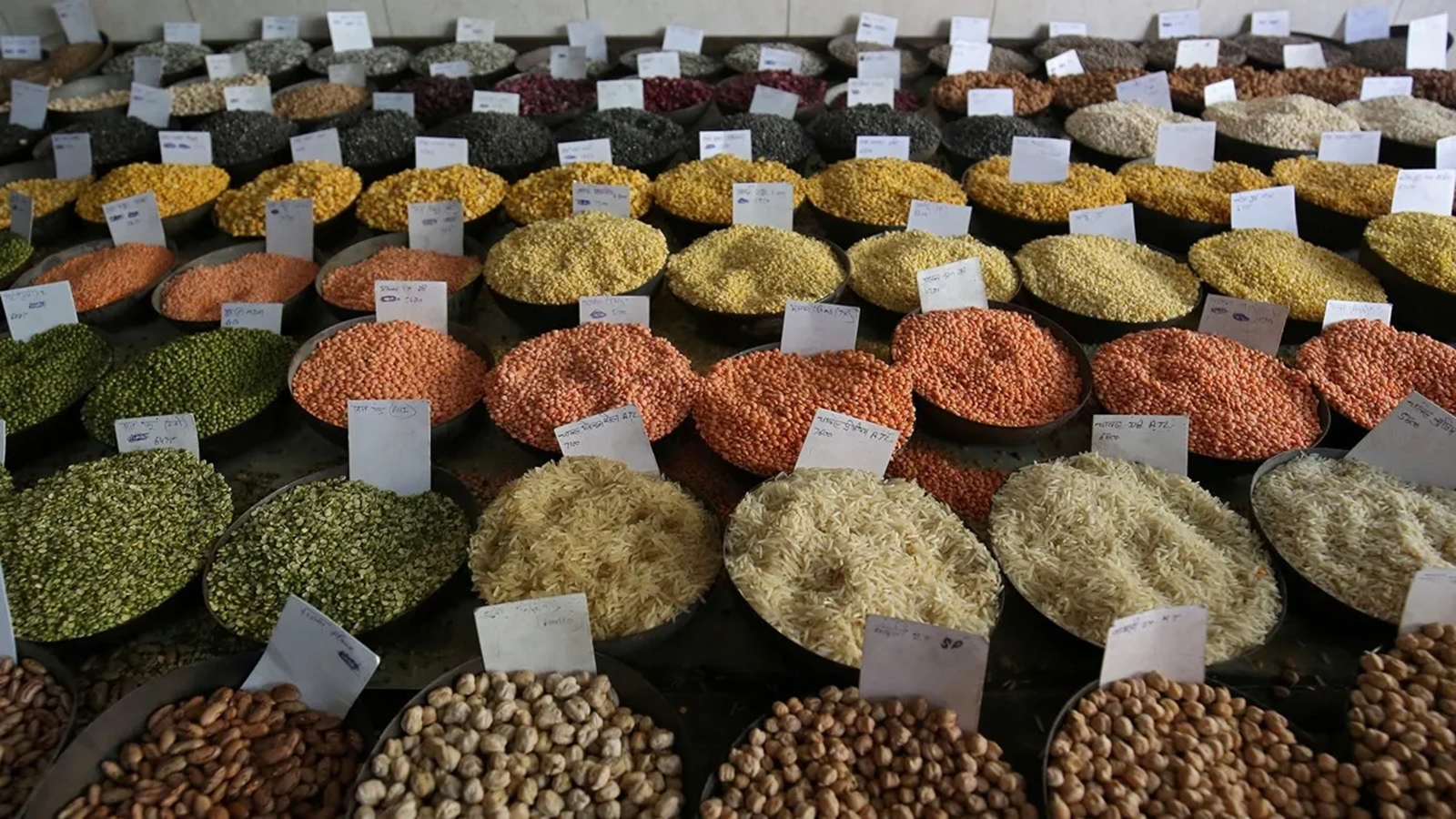
India’s farm sector is in need of increased investment in R&D. It needs to increase crop productivity, develop varieties that can withstand climate change, and ensure food security. This is the argument in a recent article in this newspaper (‘The problem with free food’, IE, October 14). The author, Ashok Gulati, an eminent agronomist, has made a similar argument earlier (‘A setback for the farm’, IE, July 14). He has also been making a persuasive case for re-examining our policy of input subsidies. The subsidy for electricity, fertilisers and water leads to inefficient use of resources and has a detrimental impact on soil fertility, groundwater levels, and crop diversification efforts.
However, he also argues for reducing the food subsidy bill by reducing the PDS coverage to have the resources to raise the agri-R&D investment. At one level, he is right — to have the resources to invest in agricultural R&D, funds must be sought by either cutting expenditures elsewhere or from new taxes. Funds can come from reducing the food subsidy. But matching it can also come from many areas including cutting expenditures from the production-linked incentive that subsidises firms in some sectors. Why choose food subsidies?
The author may be targeting food subsidies for reduction either because they compete directly with agricultural R&D or because spending on them has little or no value. Both propositions can be contested.
It could be argued that food subsidies constitute a big part of subsidies to farmers in the form of price support along with input subsidies and much of it is wasteful. Hence it is better to redirect these subsidies to agricultural R&D. This would benefit farmers and consumers and is a win-win for all. But can we treat food subsidies like other subsidies, such as fertiliser and electricity?
The country’s food subsidy bill encompasses both consumer and farmer subsidies due to the involvement of the Food Corporation of India (FCI) in subsidising both groups. However, these can be conceptually separated. Studies show that the component of subsidy to farmers in the food subsidy bill is much less than the input subsidies (electricity, fertiliser). Therefore, it wouldn’t be correct to say that the food subsidy directly competes with R&D or other agricultural expenditure by the government. In fact, Gulati also points out that food subsidies “predominantly benefit consumers rather than farmers”. Hence, it is incorrect to lump food subsidies with the other subsidies received by producers. It would also be wrong to ask why rice-producing farmers should get subsidised rice through PDS. Because here the rice producer is in effect getting income transfer as a consumer.
Is it then the argument that the food subsidy expenditure is wasteful? This strikes at the heart of what we consider valuable. In effect, the food subsidy is a modest income transfer to the bottom half of the population. A family of four that receives 20 kg of rice or wheat receives a monthly income of about Rs. 700-Rs 800 depending on the prices in their locality. For poor households (with income less than Rs. 20,000), this is a very valuable transfer and sustains their food security — not necessarily in enabling more grain consumption but in releasing spending on other essential foods (pulses, milk). This is also an investment in the health of vulnerable populations. Its worth was realised even by critics during the Covid crisis.
Do so many people need food subsidies? A decade ago, the National Food Security Act’s (NFSA) expansion of PDS coverage addressed significant exclusion errors in the targeted PDS system. The NFSA’s supporters effectively argued that accurately identifying the poor is nearly impossible, making wider coverage necessary to minimise exclusions. This moral argument remains valid even today.
Critics, including Gulati, have wrongly assumed the food security bill post-NFSA would necessitate increased grain procurement. This has led them to overestimations. The NFSA has increased PDS coverage ( from 44.5 per cent to 67 per cent). However, per-beneficiary grain supply decreased (7.9 kg to 5 kg), negating the need for substantial extra grain. Ultimately, the NFSA neither inflated the subsidy nor required increased production.
It is well-known that agricultural R&D has a high rate of return. This is even more so when such R&D targets pulses, milk, eggs, vegetables and fruits — foods essential to overcome nutritional gaps in our population. The resulting gains accrue to all, producers and consumers. It is an investment in the bottom of the income pyramid. It effectively complements the welfare measures towards them. The trade-offs in expenditure need to be made elsewhere.
The writer is an economist
© The Indian Express Pvt Ltd
First uploaded on: 25-10-2024 at 03:00 IST



